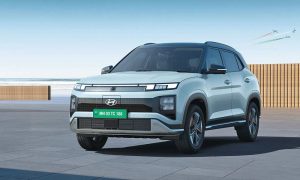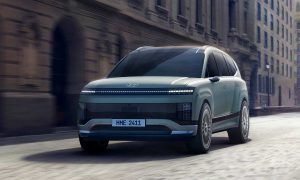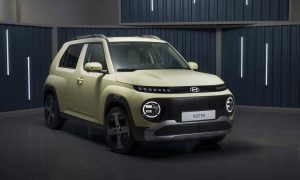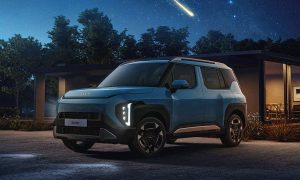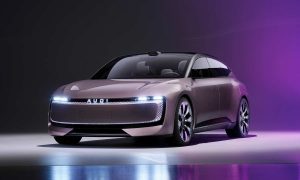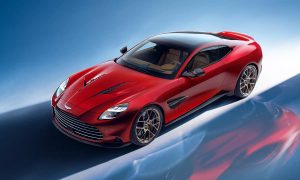Previously, we saw the panoramic sunroof airbag from Hyundai. The company has now come up with multi-collision airbag system – claimed to be world’s first of its kind.
As the name suggests, the technology helps in multi-collision accidents where the primary impact is followed by collisions with secondary objects, such as trees, electrical posts or other vehicles. Current airbag systems do not offer such secondary protection. According to Hyundai, the multi-collision airbag system allows airbags to deploy effectively upon a secondary impact by calibrating the status of the vehicle and its occupants.
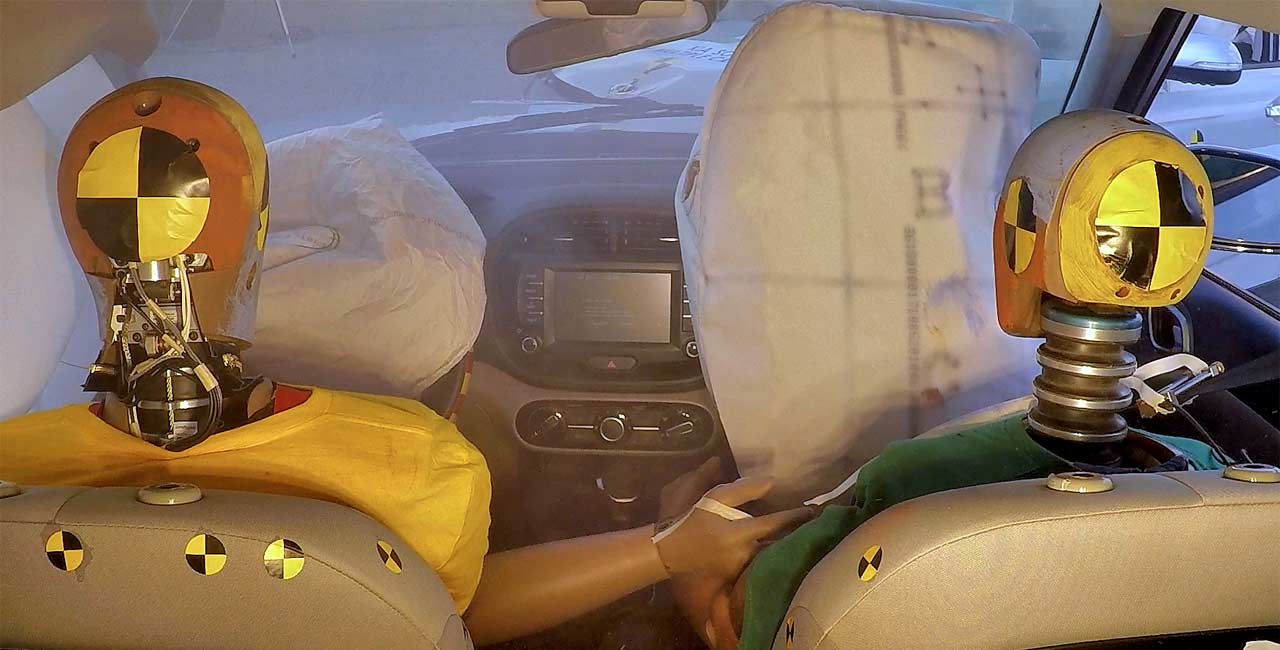
Hyundai’s new technology detects occupant position in the cabin following an initial collision. When occupants are forced into unusual positions, the effectiveness of existing safety technology may be compromised. Multi-collision airbag systems are designed to deploy even faster when initial safety systems may not be effective, providing additional safety when drivers and passengers are most vulnerable. By recalibrating the collision intensity required for deployment, the airbag system responds more promptly during the secondary impact, thereby improving the safety of the occupants, the company said.
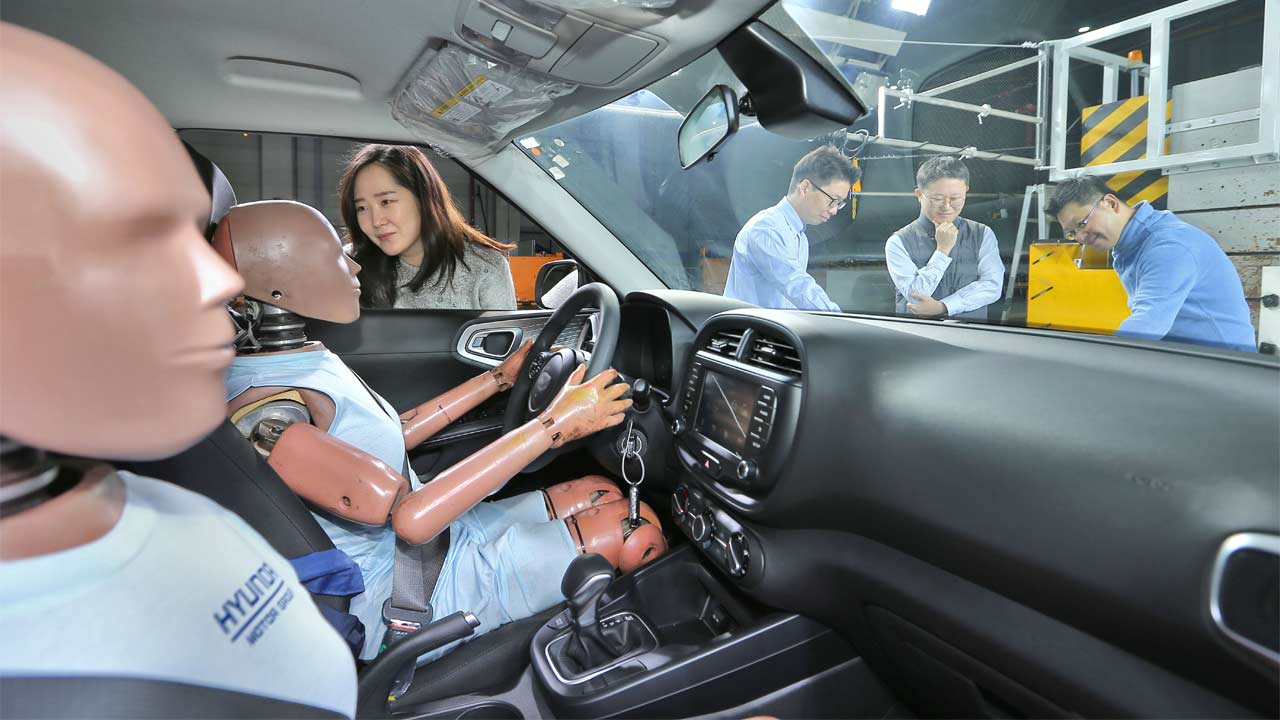
According to statistics by the National Automotive Sampling System Crashworthiness Data System (NASS-CDS), an office of the National Highway Traffic Safety Administration (NHTSA) in U.S., about 30 percent of 56,000 vehicle accidents from 2000 to 2012 in the North American region involved multi-collisions.
The leading type of multi-collision accidents involved cars crossing over the center line (30.8 percent), followed by collisions caused by a sudden stop at highway tollgates (13.5 percent), highway median strip collisions (8.0 percent), and sideswiping and collision with trees and electric poles (4.0 percent).
Hyundai plans to implement the system in new Hyundai and Kia vehicles in the future.

Leave a Reply
Note: Comments that are unrelated to the post above get automatically filtered into the trash bin.

